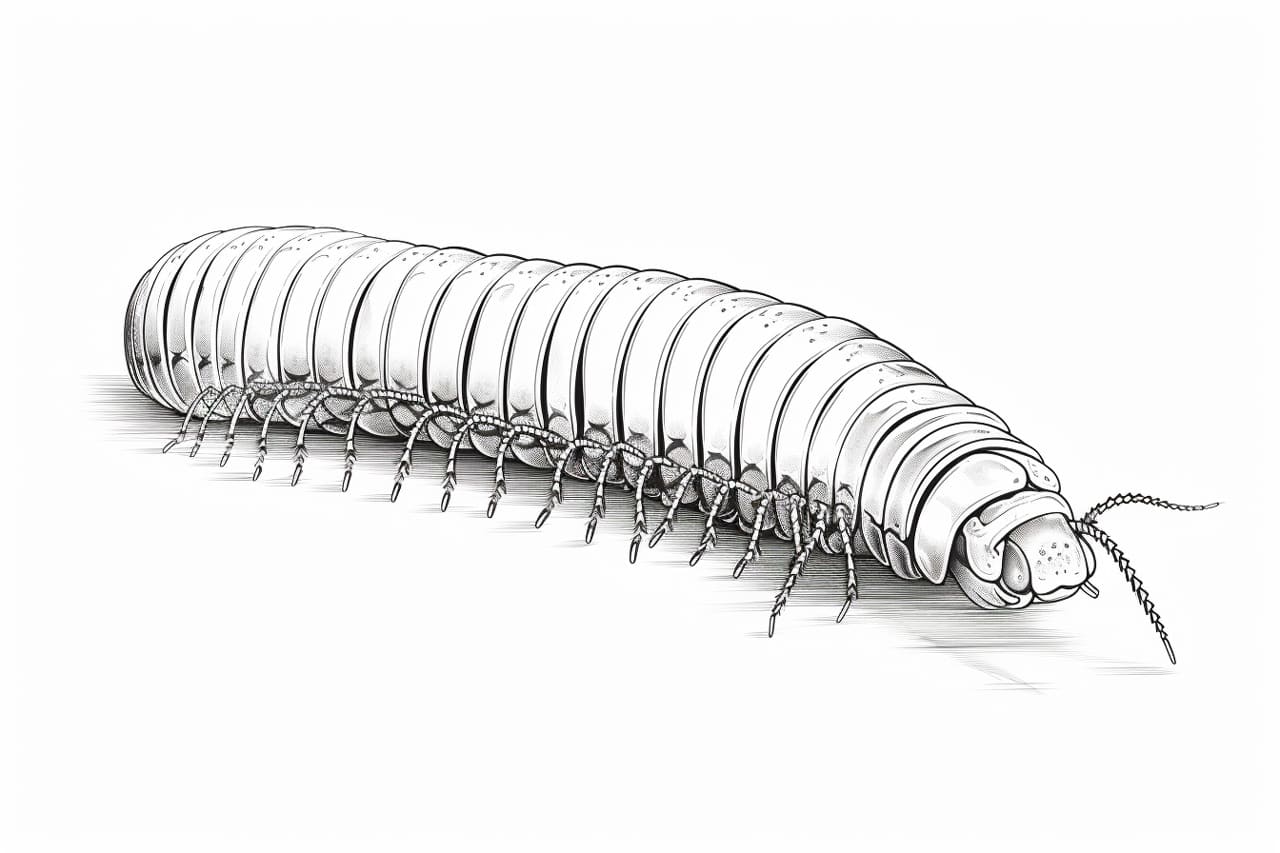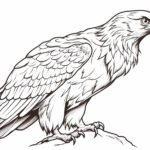Drawing a centipede may seem like a daunting task, but with a step-by-step approach, anyone can create a detailed and lifelike representation of this fascinating creature. In this guide, we will explore the process of how to draw a centipede, from the initial sketch to adding intricate details. Whether you are a beginner or an experienced artist, this tutorial will provide you with the tools and techniques you need to create an impressive centipede drawing.
Materials Required
Before we begin, gather the following materials:
- Drawing paper: Opt for a smooth surface that can handle various mediums such as charcoal, graphite, or colored pencils.
- Pencils: A selection of graphite pencils with different degrees of hardness (HB, 2B, 4B, 6B) will allow you to create different tones and textures.
- Erasers: Have both a kneaded eraser (for lifting graphite or charcoal) and a vinyl eraser (for precise erasing) handy.
- Blending tools: You can use blending stumps, cotton swabs, tissue, or a tortillon to create smooth transitions and textures.
- Reference image: Find a clear and detailed picture of a centipede to guide your drawing process.
Now that you have your materials ready, let’s dive into the step-by-step instructions for drawing a centipede.
Step 1: Sketch the Basic Shape
Begin by lightly sketching the basic shape of the centipede using a HB pencil. Start with a simple curve to represent the body and add small segments along its length. Remember that centipedes have numerous legs, so leave enough space for them in your drawing. Don’t worry about the details at this stage; focus on capturing the overall shape and proportions.
Step 2: Add Details to the Body
Using a darker pencil, such as a 2B or 4B, refine the outline of the centipede’s body. Pay attention to the curvature and tapering of each segment. Add a few distinctive bumps or ridges to give the body some texture and dimension. Remember to keep the lines light and editable as you will be adding more details later.
Step 3: Draw the Legs
Centipedes have many legs, so it’s crucial to accurately depict them to bring your drawing to life. Begin by sketching the leg nearest to you, lightly marking its position and length. Continue adding the remaining legs, slightly overlapping them to create depth and perspective. Remember that the legs of a centipede are jointed, so add small curves and angles to each leg segment.
Step 4: Refine the Details
Now it’s time to add more details to your centipede drawing. Use a softer pencil, like a 4B or 6B, to add shading and texture to the body and legs. Observe the reference image and carefully replicate the patterns and textures you see. Pay close attention to the subtle variations in tone and value, as these will enhance the realism of your drawing.
Step 5: Create Depth and Shadows
To add depth and dimension to your centipede drawing, focus on creating shadows. Study the reference image to identify areas where shadows fall and where highlights appear. Use a darker pencil or shading tool to add shadows beneath the body and legs, emphasizing the overlapping segments. Gradually build up the shadows, blending them smoothly with a blending tool or a tissue for a realistic effect.
Step 6: Fine-tune the Drawing
Take a step back and evaluate your drawing. Are there any areas that need refinement or adjustment? Use an eraser to lighten or correct any mistakes. Add additional shading or details to enhance the overall realism of your centipede drawing. Take your time during this stage to ensure that you are satisfied with the final result.
Conclusion
Drawing a centipede may initially seem challenging, but by following these step-by-step instructions, you can create a detailed and realistic representation of this intriguing creature. Remember to take your time, observe the reference image closely, and pay attention to the details and textures. With practice and patience, you will develop your skills and create stunning centipede drawings. So grab your materials, reference image, and get started on your centipede masterpiece!









